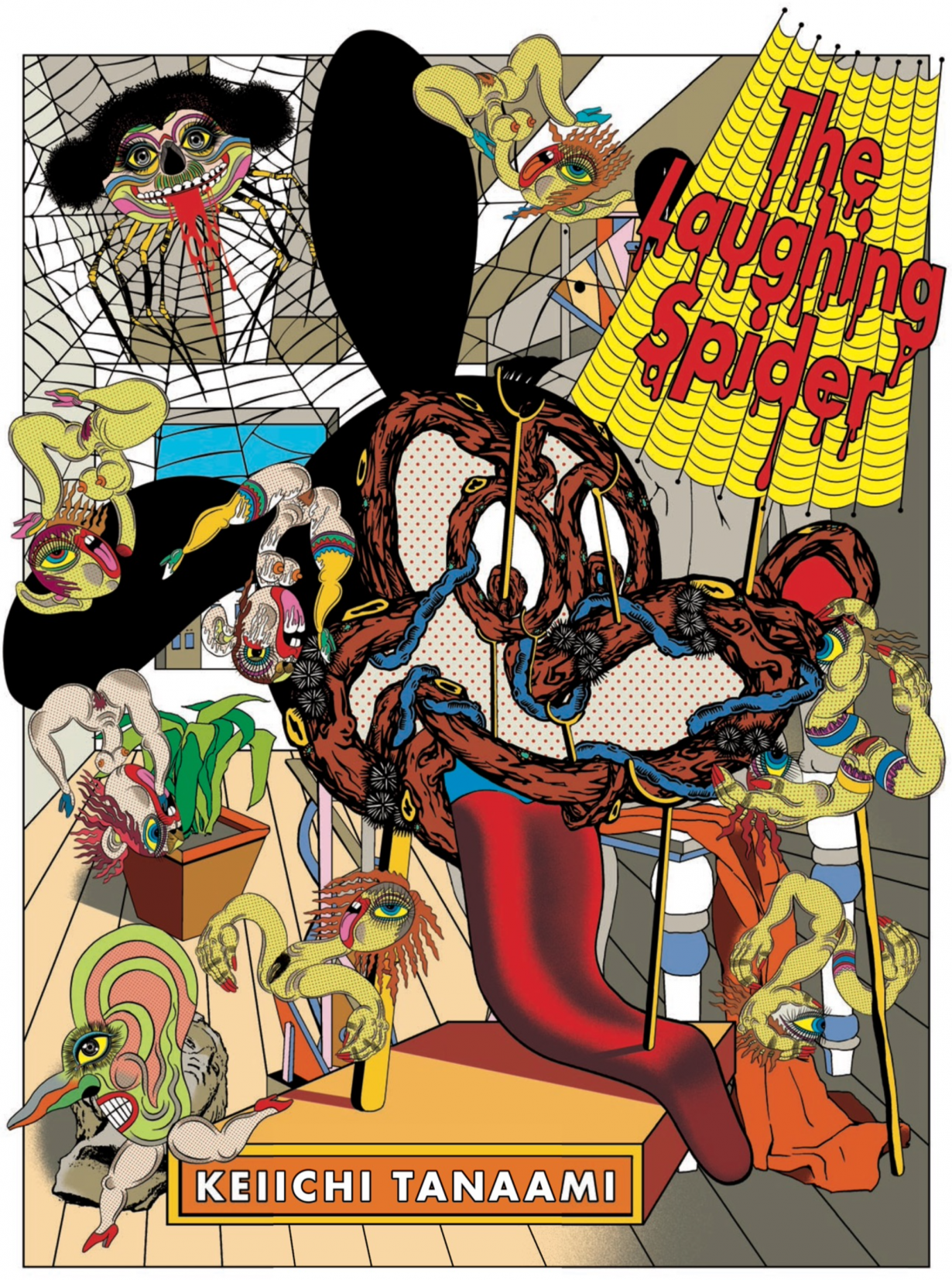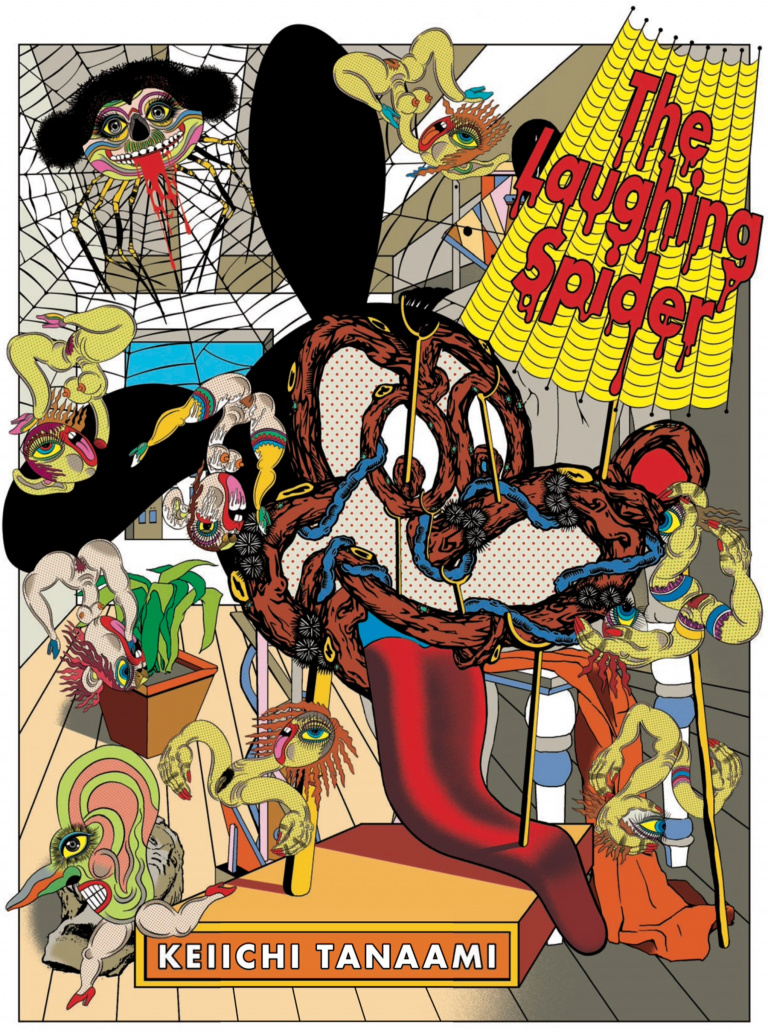
The most vivid childhood experiences can implant indelible impressions. In the case of Keiichi Tanaami, born in 1936 in Tokyo, they were enough to fuel a lifetime of diverse, determined selfexpression in a wide range of media, from psychedelic Pop art paintings and experimental animation to designing the Japanese editions of Playboy and album covers for records by Jefferson Airplane and the Monkees. Some of Tanaami’s sharpest memories have haunted him since the Second World War. As a boy he witnessed and survived the American air raids that decimated the Japanese capital, their firebombs lighting up the night sky and shimmering through his grandfather ’s goldfish tank. These distorted, brightly coloured creatures have become one of his recurrent symbols.
Equally potent influences were the manga that the young Tanaami eagerly consumed and imitated. Launched in January 1948, the monthly boys’ magazine Manga Shōnen was a particular favourite. “I couldn’t stay calm on the day it was coming out, so I’d wait for hours in front of the bookstore for the new issue to arrive,” Tanaami says. Among the fresh postwar talent to blossom in its pages was Osamu Tezuka, who would be later hailed as Japan’s ‘God of manga’. Tanaami was absorbed by the techniques in Tezuka’s first full-length magazine serial, Jungle Emperor (1950–4): “His panel layouts adopted the way of developing the scenes in a film and resembled real motion pictures. I made lots of my own manga, but lost them all. Due to food shortages and the lack of entertainment after the war, the world of manga became a kind of safe shelter for me.”
Tanaami was also captivated by the period’s vigorous text-driven picture stories, or emonoga tari. A favourite was Shōnen Ōja (Boy King) by Sōji Yamakawa. This courageous junior Tarzan was originally conceived for a prewar kamishibai, or illustrated storytelling show performed for children by touring confectionery vendors. In 1946 it was released in book form and became the genre’s first postwar bestseller. Tanaami recalls, “The techniques of Yamakawa’s pen drawing overwhelmed me. The main character is a Japanese boy brought up by a gorilla. I was so into sketching animals that I wouldn’t do my homework, so my mother was always telling me off .” In 2008, Tanaami paid tribute to Yamakawa, as part of the artist’s centenary retrospective, through a series of limited-edition silkscreen prints.
Despite his obsession with comics and his monthly lessons from his father’s friend Kazushi Hara, a successful manga professional, Tanaami went on to study at art school. Bored with classes, he made frequent visits to the Jena-shoten store in Ginza, the one place where he could buy 1960s American comic books and find out through magazines about the Pop art they inspired. His discovery of R. Crumb’s LSD-triggered underground comics was another epiphany: “Crumb’s ‘comix’ all communicated strong messages about breaking down social order. They totally changed my understanding of manga. With his themes of antisociety, sex, violence, etc, every panel was permeated with a visceral smell and completely devastated my weak mind. ”
Still very active as he approaches eighty, Tanaami showed again at Art Basel Hong Kong this year and is working on new animated films. He is also halfway through a book of paintings based on Shozo Numa’s Kachikujin Yapoo (Yapoo the Human Cattle, 1956/70/71/99), “the best weird novel of modern times”. His new piece for ArtReview Asia starts from “a big spider, ghastly and smiling above my head when I was recovering in bed from catarrh of the colon.” The Laughing Spider pulses like some feverish brain scan of Tanaami’s synapses firing and mapping a web of flashbacks, from Mickey Mouse cartoons in a seedy cinema or a Shōwa-period red-arched bridge to Lichtenstein-style bombers, burning skin, and those goldfish. “All these memories came up into my mind so clearly , as though they happened yesterday. Manga-ish conception, manga-ish composition, manga-ish thought – I love them all!”
2 images


This article first appeared in ArtReview Asia Autumn/Winter 2014